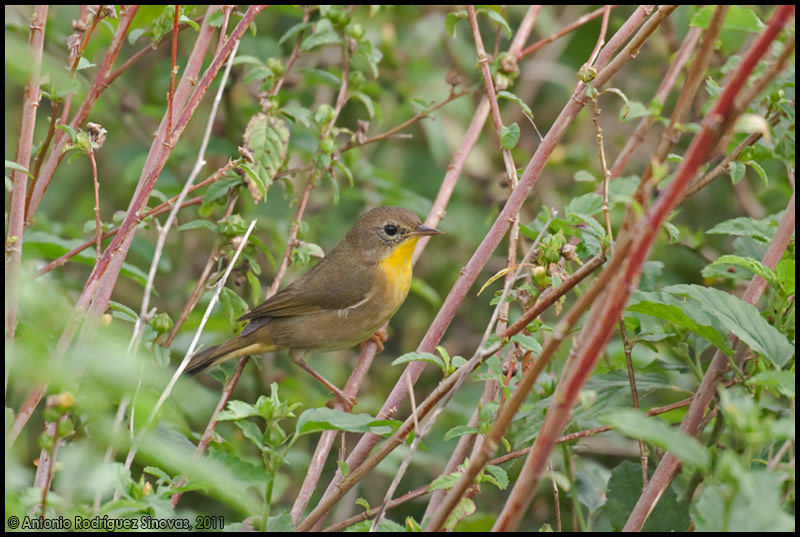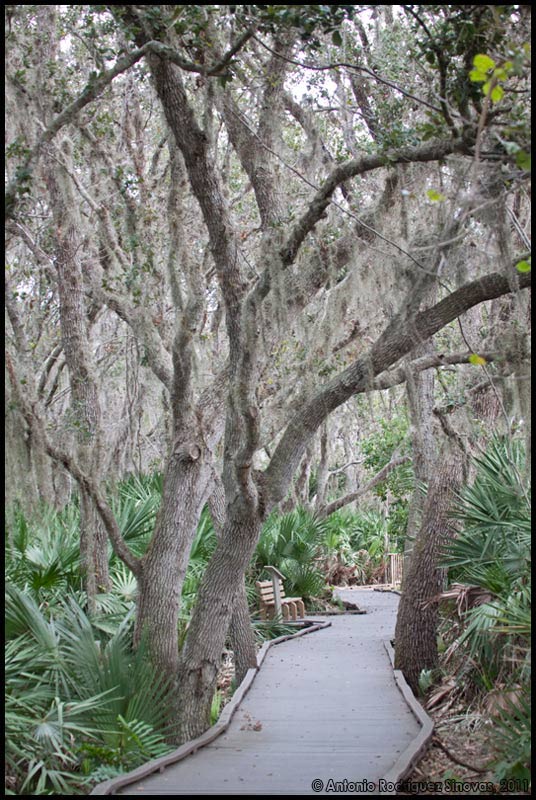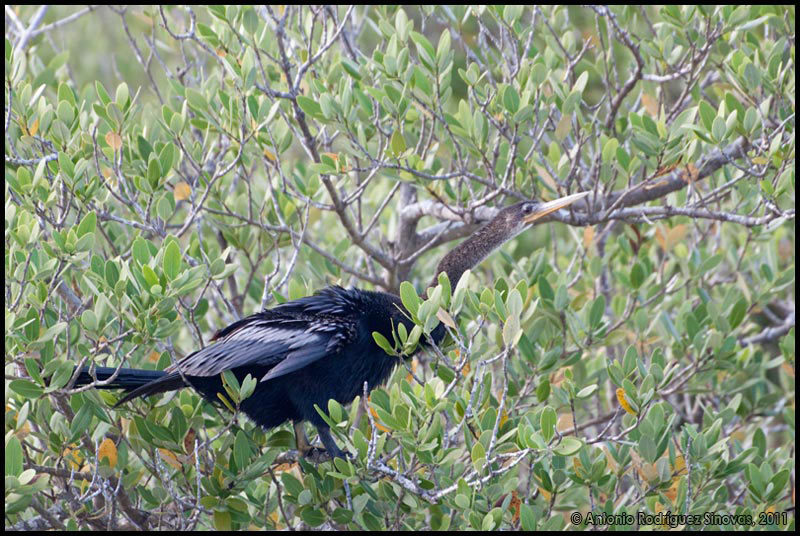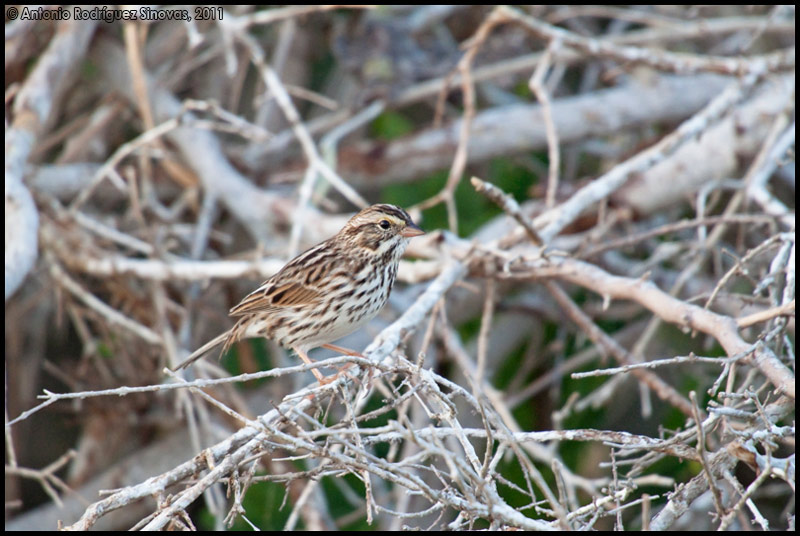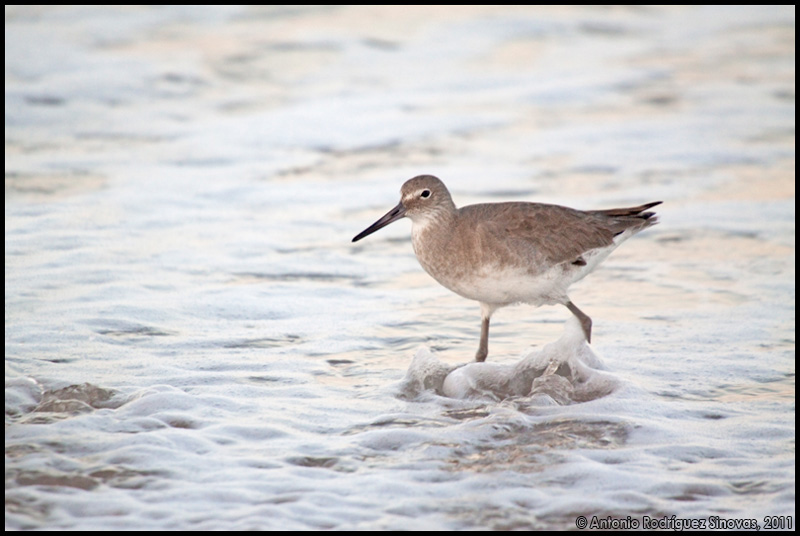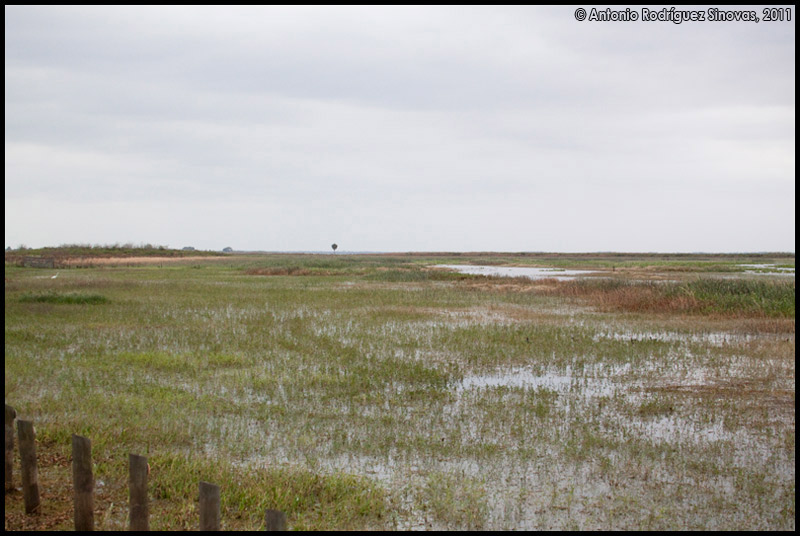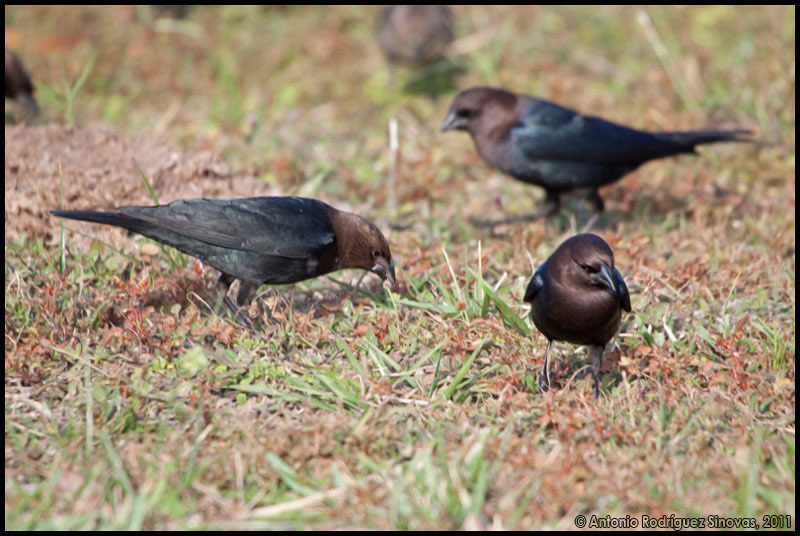Este noviembre tuve que acudir de nuevo a Orlando, para asistir a un congreso científico. Una gran oportunidad que había que aprovechar. Así que me quedé un par de días más, después del mismo, para visitar algunas zonas interesantes cercanas. Recomendaría visitar la web del Great Florida Birding Trail, para conocer zonas cercanas interesantes. Otra web que me sirvió de gran ayuda, ya que recomienda puntos cercanos a Orlando buenos para observación y fotografía de aves es la de Mansurovs Photography.
Last November I had to go to a scientific meeting in Orlando. This offered me a great opportunity. I extended my stay two days more, to visit some nearby interesting areas. I recommend you to visit the Great Florida Birding Trail web page, to know good birding spots in the area. I also recommend you the Mansurovs Photography web page, in which the author indicates some good places for birding and photography around Orlando.
1. Orlando.
Durante los días del congreso visité zonas ajardinadas cercanas al International Drive, la calle donde se localizan la mayoría de hoteles. Increíble la variedad de especies, para una zona tan habitada. Me moví sobretodo por el Little Sand Lake y por una zona ajardinada cercana a Universal Blvd.
During the meeting I visited some garden areas near International Drive. Most of the hotels are located in this street. It is incredible the variety of species, despite this is a very crowded area. I moved specially to Little Sand Lake and to gardens around Universal Blvd.
 |
2. Blue Springs State Park (16/Nov./2011).
El primer día que tuvimos libre nos fuimos a visitar Blue Springs State Park. Los manatíes pasan los días invernales en las cálidas aguas de esta surgencia subterránea. También la observación de aves es excelente. Descender desde la surgencia hasta la unión de sus aguas con el St. Johns River, por el sendero habilitado (unos 5-10 minutos de caminata), puede permitir ver fochas, anhingas, cormoranes y paseriformes. Hay también un sendero de 4 millas que se adentra en un bosque denso de pinos con marismas. La mejor época para visitar el refugio es entre marzo y abril y entre octubre y diciembre.
The first free day, at the afternoon, we moved to Blue Springs State Park. Overwintering manatees are a big draw at this park, but birding is also excellent. Walking through the spring boardwalk may allow to see coots, anhingas, cormorants and warblers. There is also a 4 mile trail that explores sand pine scrub, pine flatwoods and marsh. The best time to visit is between march and april, and between october and december.
Ruta de Orlando a Blue Springs State Park

Plano de Blue Springs State Park
3. Merritt Island National Wildlife Refuge (17/Nov./2011).
Imprescindible visita situada a aproximadamente una hora en coche de Orlando. Buena zona para ver anátidas, garzas y limícolas. La mejor época para visitar el refugio es en invierno, entre octubre y marzo.
This is an essential visit, at one hour by car of Orlando. Good area to see ducks, egrets and sandpipers and the like. The best time to visit is between october and march.
Ruta de Orlando a Merritt Island National Wildlife Refuge

Plano de Merritt Island National Wildlife Refuge
(Los puntos rojos indican las diferentes paradas)
(Red dots indicate the different stops)
3.A. Parrish Park.
Justo al inicio del puente que cruza desde Titusville a Merritt Island. Buenas vistas de la Indian River Lagoon, con posibilidades de observar patos, limícolas, vuelvepiedras, charranes y gaviotas, así como delfines.
Just at the beginning of the bridge between Titusville and Merritt Island. This point allows to enjoy Indian River Lagoon with views of ducks, shorebirds, turnstones, terns and gulls. Also it is possible to see dolphins.
3.B. Inicio de Gator Creek Rd.
Justo al final del puente. No llegué a moverme por Gator Creek Rd., salvo un corto recorrido a pie, pero pude disfrutar de águila pescadora y buitres, así como de martín gigante norteamericano.
Just at the end of the bridge. I did not move into Gator Creek Rd., except for a short walk, but I managed to enjoy with osprey, vultures and belted kingfisher.
3.C. Hacia el Visitor Information Center.
No había demasiado en el centro de visitantes, pero de camino sí se dejaron ver algunas anátidas. En el centro hay una laguna con algunos paseriformes, aligators y un bonito bosque cubierto de musgo.
Not too much to see in the Visitor Center, but in the way there were some interesting ducks. There is an small lake inside the visitor center, with passerines, alligators and a beautiful small forest with spanish moss.
3.D. Black Point Wildlife Drive.
Imprescindible. Conducir por Black Point (carretera sin asfaltar en buen estado) permite ver rálidos, anátidas, como ánade rabudo o cercetas, y diferentes garzas, además de los lances de los aguiluchos pálidos persiguiendo limícolas.
Essential. Driving Black Point (unpaved road) allows to see rails, ducks, like pintails or teals, egrets and herons, and how harriers flush shorebirds.
3.E. Scrub Trail.
Buen sitio para migrantes. Suelen verse charas floridanas (un córvido cuya distribución está restringida a Florida), posados en los postes e hilos telefónicos. Yo no pude verlos, pero sí, a cambio, algunos limícolas, además de nubes inmensas de mosquitos que, seguro, se alimentaron bien.
Good birding spot for migrants. Florida scurb-jays can be seen perching on telephone wires and posts. I did not manage to see them, but instead I could see some shorebirds. Also lots of mosquitos that ended well feeded.
3.F. Bio Lab Rd.
Recién abierta al tráfico, tras las reparaciones posteriores a la época de lluvias. Buena carretera, sin asfaltar, para ver limícolas. Permite ver la Mosquito Lagoon
Just open to traffick after the wet season. Good unpaved road to see shorebirds. It is possible to see Mosquito Lagoon.
3.G. Playa Linda Beach.
Ya atardeciendo, pero todavía con algunas especies interesantes. Playa larguísima y con poca gente, en la que distintos limícolas se movían a sus anchas.
I arrived at dusk, but still some interesing species. A long beach with few people, in which different shorebirds were free to move.
4. Joe Overstreet Rd., Kissimmee Lake y Three Lakes Wildlife Management Area (18/Nov./2011).
A medida que uno se mueve por Joe Overstreet Rd. (carretera sin asfaltar, pero ancha y en buen estado) hay que ir mirando en los pastos para localizar grullas canadienses o pavos. En los postes es posible ver praderos orientales, caracaras y pigargos americanos. Una vez en el lago Kissimmee pueden aparecer carraos, limícolas y patos, así como caracolero comunes (es zona de cría de esta rapaz amenazada). La visita merece la pena durante todo el año.
As you drive down Joe Overstreet Rd. (unpaved road, but in goog conditions), look in the pastures for sandhill cranes and turkeys, and on the fenceposts for meadowlarks, bald eagles, and crested caracaras. At the end, in the Kissimmee lake, it is possible to check for limpkins, waders, ducks and snail kites. Interesting to visit year-round.
Ruta de Orlando a Joe Overstreet Rd. y Three Lakes Wildlife Management Area
Al caer la tarde, me acerqué al Three Lakes Wildlife Management Area, a unos 5 minutos en coche del Joe Overstreet Rd. No me dió tiempo a hacer demasiada cosa, pero me pareció una zona interesante, con aspecto sabanoide, formada por pinos.
At dusk I moved to the Three Lakes Wildlife Management Area, at about 5 minutes by car from Joe Overstreet Rd. I could not see to much, but any way it seemed to be an interesting area.
Aura gallipavo / Turkey vulture (Cathartes aura) (1)
En resumen, aquí os dejo la lista de especies observadas en los diferentes lugares visitados (en total, 84 de aves y 4 de mamíferos).
As a summary I show you here the complete list of observed species at the different locations (84 species of birds and 4 of mammals).




































